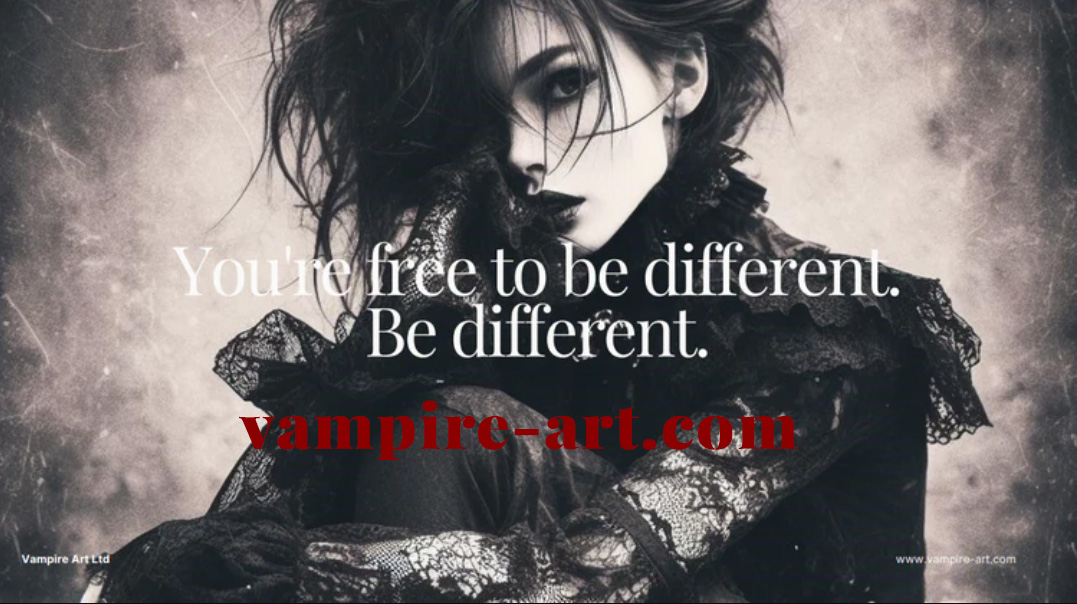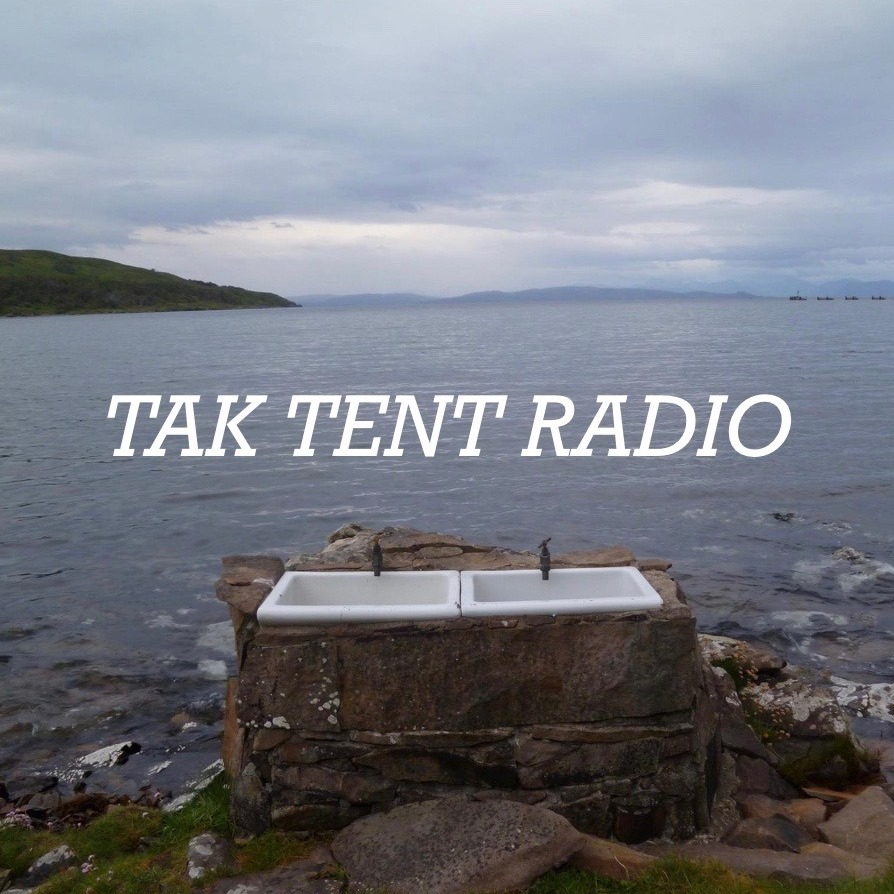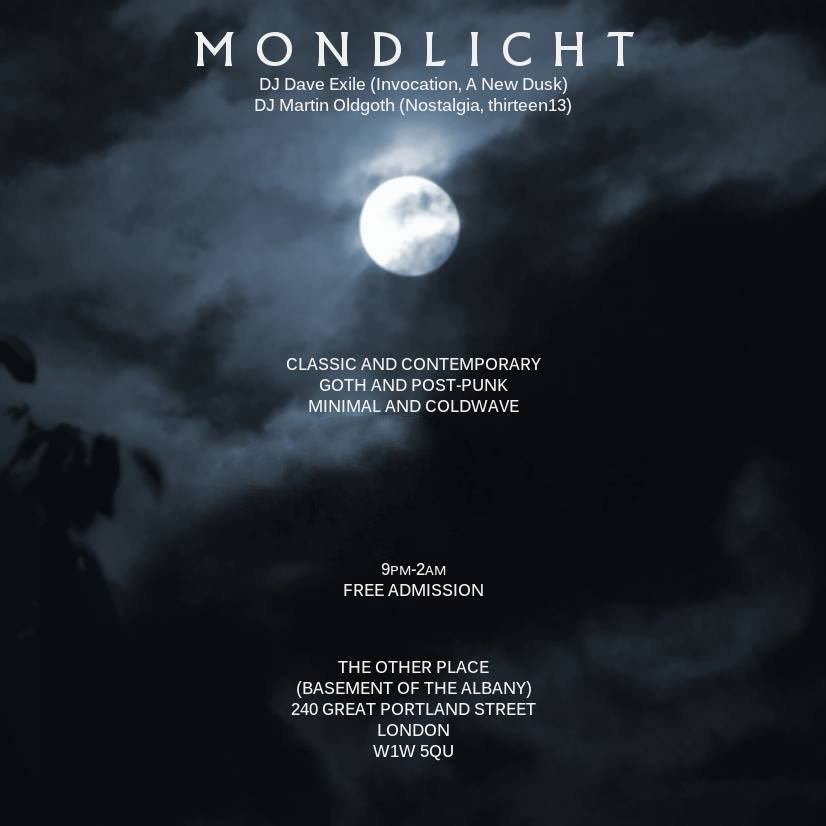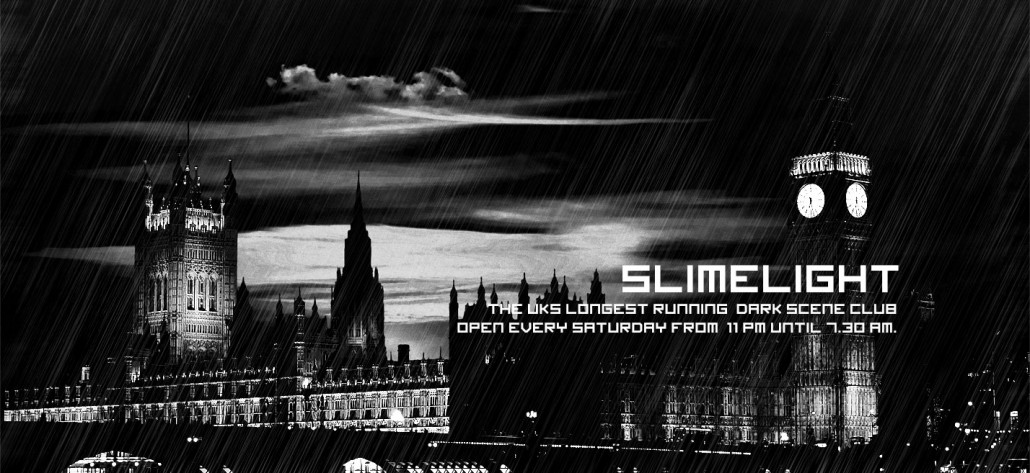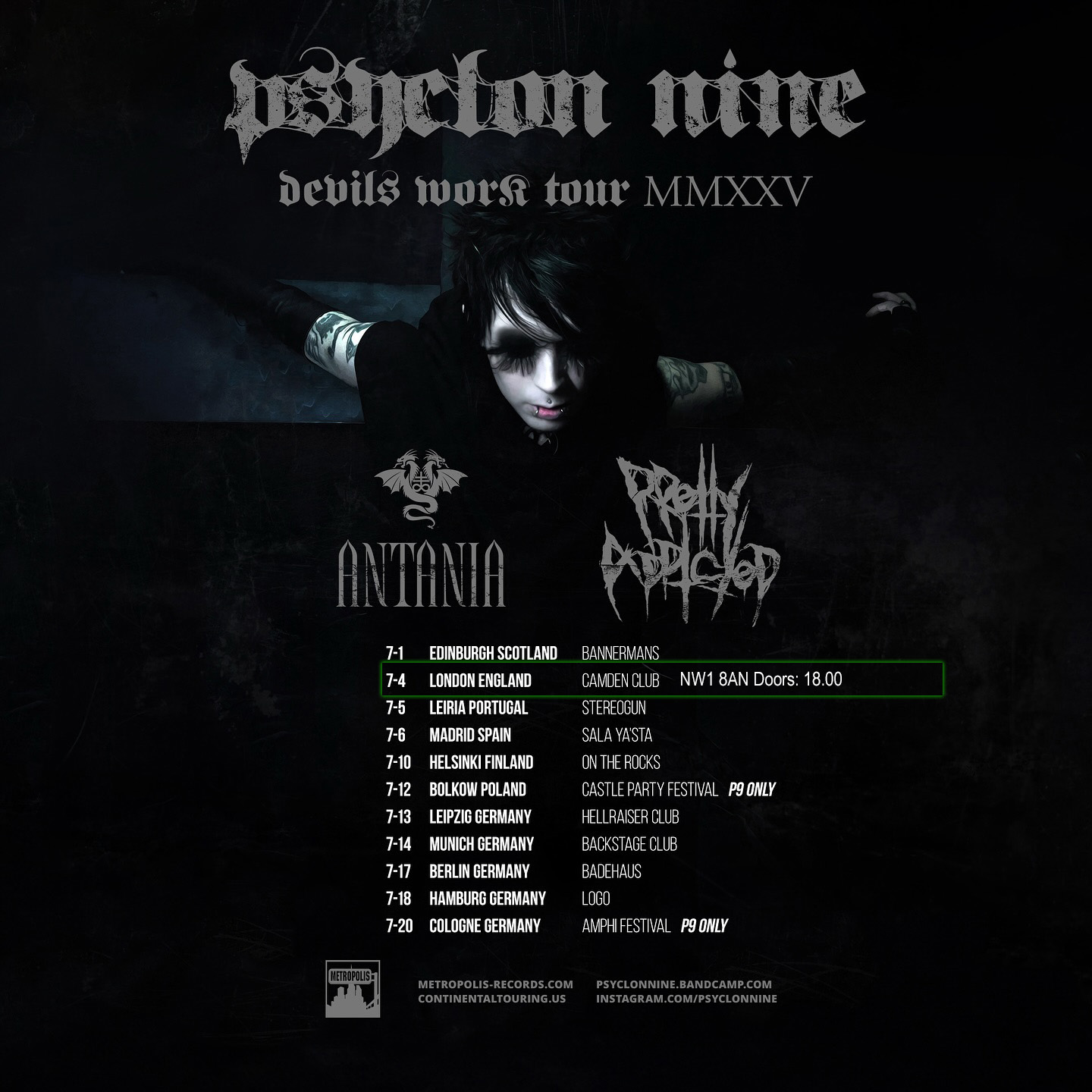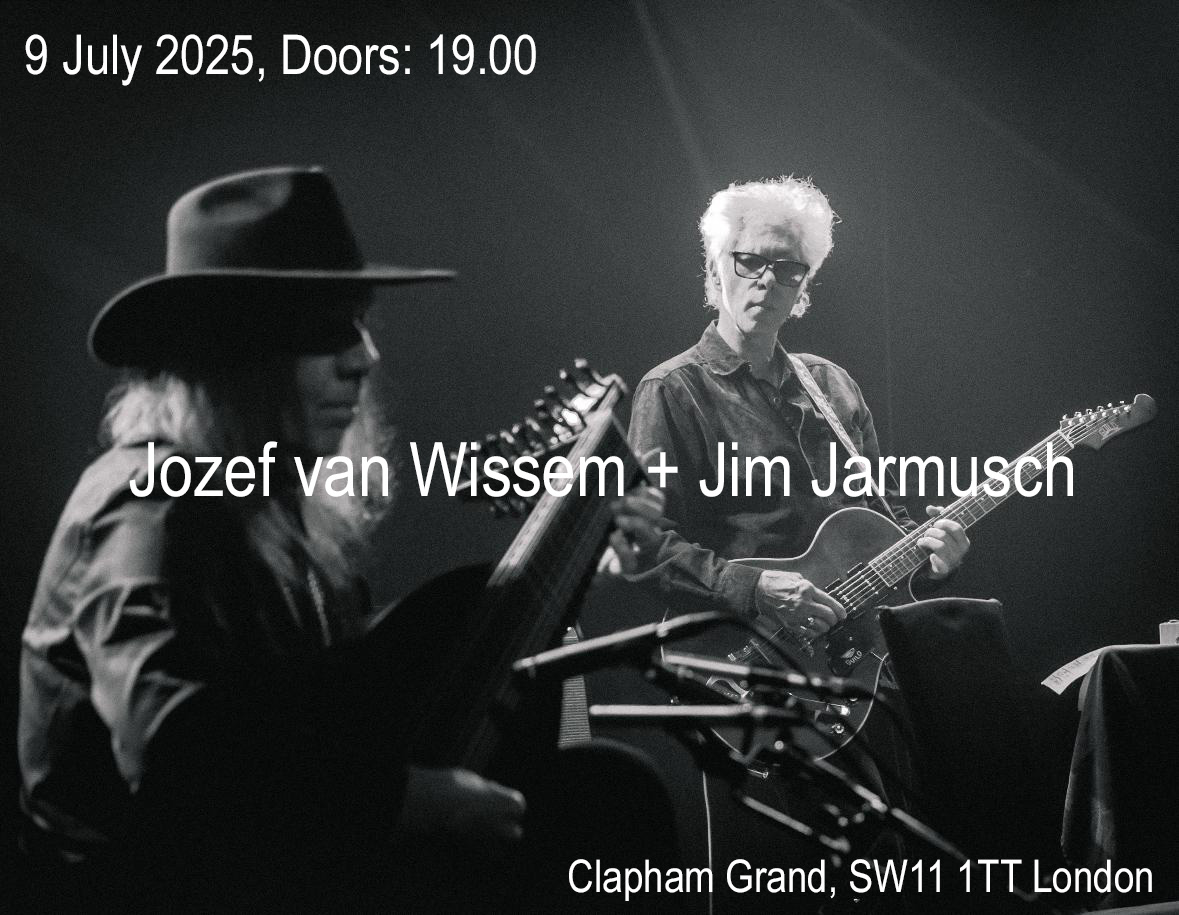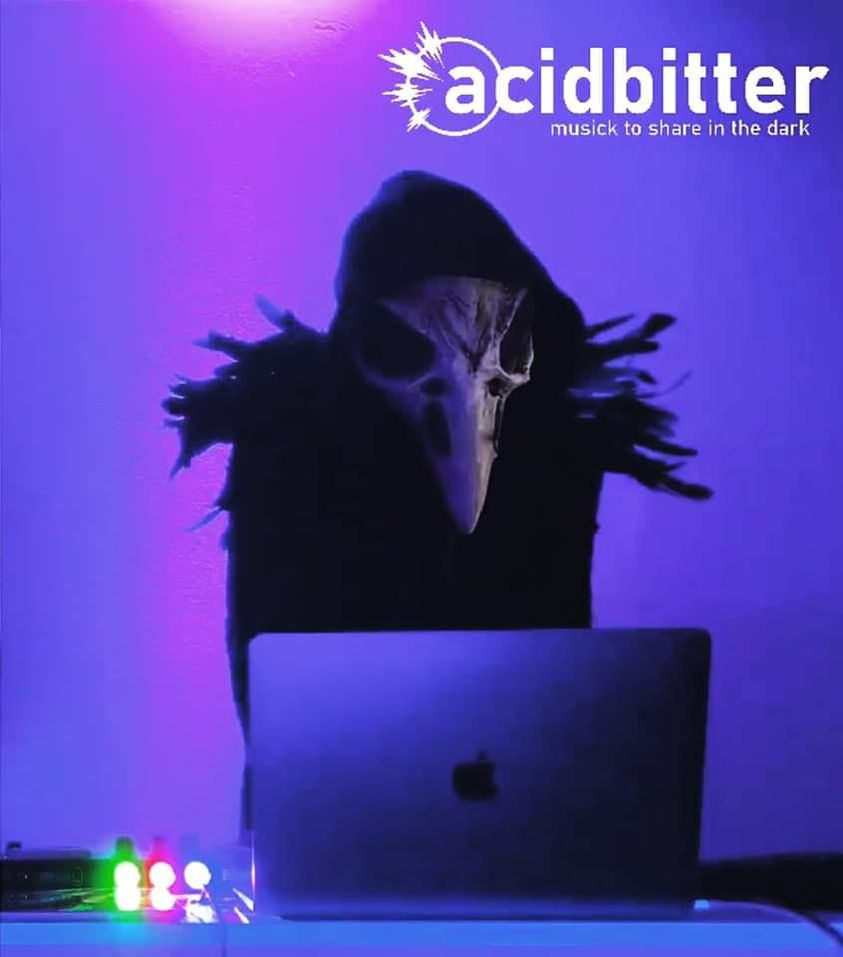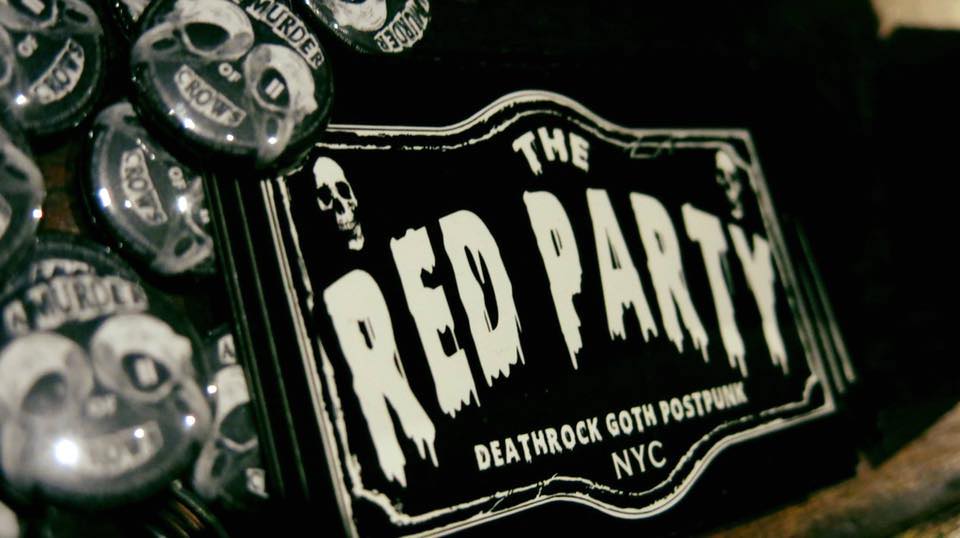1. Miseress/2. Un Lugar Ideal/3. Mi Auto/4. El Circulo/5.Espejo En La Nada/6. El Vino de las Orgias/7. Guerrero de la Gloria Negativa/8. La Torre de la Hora/9.Epilog
Release date: November 27,2015 ATP Recordings
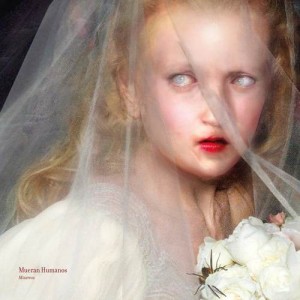 Industrial music is a genre that interests me very much ever since Throbbing Gristle made audiences ‘see’ the musicality of found industrial objects, machinery and other equipment that was beginning to lose its usefulness as soon as the de-industrialization of Europe began.To me, industrial music opened the floodgates of creativity just as punk represented the D.I.Y attitude towards art and life in general.
Industrial music is a genre that interests me very much ever since Throbbing Gristle made audiences ‘see’ the musicality of found industrial objects, machinery and other equipment that was beginning to lose its usefulness as soon as the de-industrialization of Europe began.To me, industrial music opened the floodgates of creativity just as punk represented the D.I.Y attitude towards art and life in general.
At the same time Germany, Belgium, France and England at the beginning of 1980s were the areas where de-industrialization was more intense and more evident. This in turn seemed to have favoured the appearance of bands inspired by the industrial qualities of machinery that was abundant in the gradually closing manufacturing sites. Audiences in Europe and especially in the aforementioned countries were theoretically more open to this new sound as it alluded to their everyday working and politically charged environments. For many years, industrial music that incorporated lyrics was either in German, English or French languages while the sound has perhaps intentionally, avoided melody and worshipped the rhythmical attraction of metallic sounds!
From the cut ups of William S.Burrougs to the painting ‘Las Meninas’ of Vélasquez
Industrial music as it was defined in the beginning of the 1980s was desperately requiring a new take and I think it was about time that a band departed on such a ‘mission’. This is not to say that industrial music has lost its glory or its appeal but I think audiences appreciate a new take on things every now and then.
“We do exactly what we want with what we have and don’t let the character of the instruments dictate us the music but the other way around…We never play instruments the way you’re supposed to play them…” (extract from an interview with 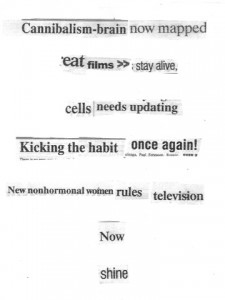 Mueran Humanos in 2013)
Mueran Humanos in 2013)
Mueran Humanos a.k.a Tomás Nochteff and Carmen Burguess (the former keyboardist of the punk group called Mujercitas Terror) were initially an art project based in Berlin. The duo originally from Buenos Aires, Argentina, was using the technique of cut outs in the making of fanzines, videos, and installations. Burguess channelled her interest for the cut outs by producing a series of 17 artworks. Each one of these images was a grotesque take on a cover of the American teen magazine ‘Seventeen’. The cut outs technique was ‘worshipped’ by William
S.Burroughs and constantly fascinates Genesis P.Orridge.
“The name is impossible to translate really. It’s very cartoon like, like something a Martian could scream while wiping out people with a laser like ‘Die Humans! When you cut-up words from newspapers you always end with dark subjects, because the most common words are war, murder, rape, tsunami, flood, etc. So the name was meant as a sardonic take on that on one hand. I was playing also with the fact that the Argentinian national anthem said something like “We swear to die in glory”, all this classic epic shit, MUERAN HUMANOS could be also translated as “Die before losing the human condition” so I was playing with that. And a third meaning in Spanish could be “Let your human part die”, and in that I was playing with the notion of evolution…. It’s a special kind of humour, though, close to Andre Breton’s definition of black
humour, also drawing on Saki, Lewis Carroll and Max Ernst. It don´t make you laugh but attacks your conscience in a playful way.“ (extract from interviews with Mueran Humanos).
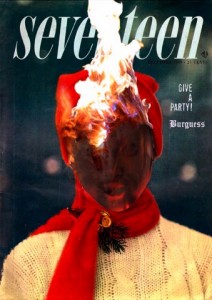 Seeing as their music endeavours were not supported as they expected in Argentina, the duo established a base in Berlin but they have also carried out shows in Colombia, Urugay, Peru, Mexico and Buenos Aires in South America.
Seeing as their music endeavours were not supported as they expected in Argentina, the duo established a base in Berlin but they have also carried out shows in Colombia, Urugay, Peru, Mexico and Buenos Aires in South America.
Apart from their balanced and attractive combination of industrial sounds and rhythms with minimal melodies and captivating vocals, I have also distinguished this band for their decision to sing in Spanish and for the artwork of their sleeves. A few years ago I came across the fascinating work of the artist Ray Ceasar who depicts images of creatures with child-like qualities (i.e. proportions, overall facial features) but of extreme emotional intensity by balancing the beautiful and the grotesque. Soon, the connection between Ray Ceasar and the work of Vélasquez especially his depiction of the children in his painting ‘Las Meninas’, seemed evident to me. Mueran Humanos have used images in both their albums which, to me, have aesthetical and emotional similarities with the work of these two aforementioned artists. This band, diverting cleverly and skilfully from the ‘norm’ of the imagery that has been used in albums of industrial music (with the exception of the sleeves of Current 93 and Einstuerzende Neubauten) chose to inject strong emotion, almost aversion, followed by twisted feelings through images of undeniable beauty, in the covers of their two albums. The intensity of ideas and symbolisms that these covers provoke once seen, matches the addictive and disturbing feeling that the music and the singing create!
“… In the case of Miseress I invented first the character and then her name and only then I made the collage, as a portrait of the character. In previous cases we have chosen the images before and then put the name…“ (Carmen Burguess about the artwork of the Mueran Humanos albums, extract from an interview )
Miseress…or else misery redefined as a revolting and fracturing force
Since the debut album ‘Mueran Humanos’ was released in 2010 the music of the band is gradually building up the emotions as each song evolves. The debut album ‘Mueran Humanos’ was following more evident post punk, minimal and coldwave 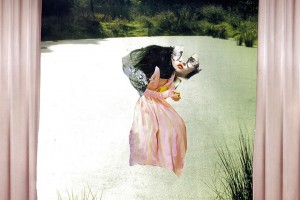 directions and at times felt kind of ‘static’ as the experimental parts had a hypnotizing and slow rhythm. This first album showed that the basis on which this band would write music in the future, would be rich in ideas about performance and creative on what concerned the arrangement of sounds and styles within the album. Five years after this album the band has enhanced the conceptual element of their music, has intensified the emotions that their songs represent and has added energy, passion and flow to their rhythms and the performance. The element that I found fascinatingly interesting in ‘Miseress’, is the completely different to the first album, protesting almost vindicating way in which the lyrics are being performed. While in the previous album words were being pronounced elongated (i.e. ‘La Langosta’) in ‘Miseress’ they are being sung with conviction and determination. This is where I found similarities between Mueran Humanos and the way punk musicians were somehow channelling social demands of two generations through their shouting singing cries! The band didn’t include guitars in their line up or in their debut album.The duo manipulated and used bass, synths, drum machines and a sampler to produce sound of remarkable depth.
directions and at times felt kind of ‘static’ as the experimental parts had a hypnotizing and slow rhythm. This first album showed that the basis on which this band would write music in the future, would be rich in ideas about performance and creative on what concerned the arrangement of sounds and styles within the album. Five years after this album the band has enhanced the conceptual element of their music, has intensified the emotions that their songs represent and has added energy, passion and flow to their rhythms and the performance. The element that I found fascinatingly interesting in ‘Miseress’, is the completely different to the first album, protesting almost vindicating way in which the lyrics are being performed. While in the previous album words were being pronounced elongated (i.e. ‘La Langosta’) in ‘Miseress’ they are being sung with conviction and determination. This is where I found similarities between Mueran Humanos and the way punk musicians were somehow channelling social demands of two generations through their shouting singing cries! The band didn’t include guitars in their line up or in their debut album.The duo manipulated and used bass, synths, drum machines and a sampler to produce sound of remarkable depth.
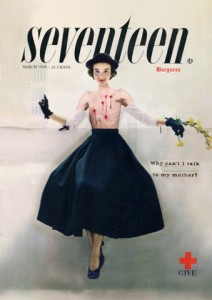 “We don’t consider ourselves an industrial or a minimal synth band, despite the fact that we have played on those circles, as we have also played anarchist squats, art galleries, noise shows, and corporate festivals. We don’t fit anywhere, so we play almost in all places. Basically we play where we are invited to play. We don’t pursue any “scene.” We don’t like “scenes” “ (extract from an interview with Mueran Humanos).
“We don’t consider ourselves an industrial or a minimal synth band, despite the fact that we have played on those circles, as we have also played anarchist squats, art galleries, noise shows, and corporate festivals. We don’t fit anywhere, so we play almost in all places. Basically we play where we are invited to play. We don’t pursue any “scene.” We don’t like “scenes” “ (extract from an interview with Mueran Humanos).
‘Miseress’ put us in the environment which the creature on the sleeve of this album might inhabit. The album has strong influences from industrial music which it enriches and redefines as it begins with its homonymous song with the hypnotic voice of Carmen Burguess. The synth 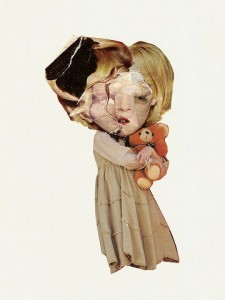 melodies are then gradually further enriched by sounds from bells, sirens, shrieks and distorted vocals (i.e. ‘Un Lugar Ideal’). The Spanish language of the lyrics adds to the attraction of the music and the multiplied vocals, ascribe to the songs the characteristics of a protester and a mage at the same time! ‘El Vino de las Orgias’ is the only song in this album that includes some well integrated vocal samples in French. Together with ‘Mi Auto’, ‘El Vino de las Orgias’ brought to my mind the rhythmic flow I liked so much in Bakterielle Infektion .‘El Circulo’ and ‘El Vino de las Orgias’, seem to be replicating the pulse of a revolt before ‘Espejo en la Nada’ drags us out of our comfort zones through the evenly distributed within the song, sonic incisions made by the introduction of shrieking vocals samples. ‘Guerrero de la Gloria Negativa’ brings to mind the song ‘Kollaps’ by Einstuerzende Neubauten.
melodies are then gradually further enriched by sounds from bells, sirens, shrieks and distorted vocals (i.e. ‘Un Lugar Ideal’). The Spanish language of the lyrics adds to the attraction of the music and the multiplied vocals, ascribe to the songs the characteristics of a protester and a mage at the same time! ‘El Vino de las Orgias’ is the only song in this album that includes some well integrated vocal samples in French. Together with ‘Mi Auto’, ‘El Vino de las Orgias’ brought to my mind the rhythmic flow I liked so much in Bakterielle Infektion .‘El Circulo’ and ‘El Vino de las Orgias’, seem to be replicating the pulse of a revolt before ‘Espejo en la Nada’ drags us out of our comfort zones through the evenly distributed within the song, sonic incisions made by the introduction of shrieking vocals samples. ‘Guerrero de la Gloria Negativa’ brings to mind the song ‘Kollaps’ by Einstuerzende Neubauten.
“…What drew me to electronic music was the contrary. For me synths are the instruments that are closer to nature…We live in a fourth floor and in summer I play the Moog and the birds reacted to it in a way they never react to other instruments, it’s amazing.“ (extract from an interview with Mueran Humanos).
In ‘Miseress’ the band has a surprise for us, as Jochen Arbeit, the guitarist of Einstuerzende Neubauten, participates as a guest musician in this album. The album was mixed in Einstuerzende Neubauten’s studio and produced by the engineer Boris Wilsdorf (Pansonic, Alva Noto, Einstuerzende Neubauten) who treated each song uniquely thus producing an album of distinct sound quality, giving to it closeness and more depth. The band encourages listeners to experience the album “…as you might a thunderstorm, natural and inevitable…“. I would say that the impact of this album is experienced at its maximum if you least expect it!
You can order the album from the official shop of the band here: http://mueranhumanos.bigcartel.com/
